As a species, we’ve always been keen storytellers and we’ve never stopped finding and inventing new ways to tell those tales. From the fantastical to the terrifying, there is a massive (and growing) number of film genres and many more subgenres nesting within them.
If you’re a student at film school or simply a movie aficionado looking for a new genre, you’ll find them all below.
Action Movie Sub Genres
The term ‘action movie’ is a rather broad umbrella which applies to a wide range of films, as evidenced by the variety of sub genres described below. With a lot in common with the equally broad ‘adventure’ genre, action movies typically follow conventional story telling techniques and plot paths.
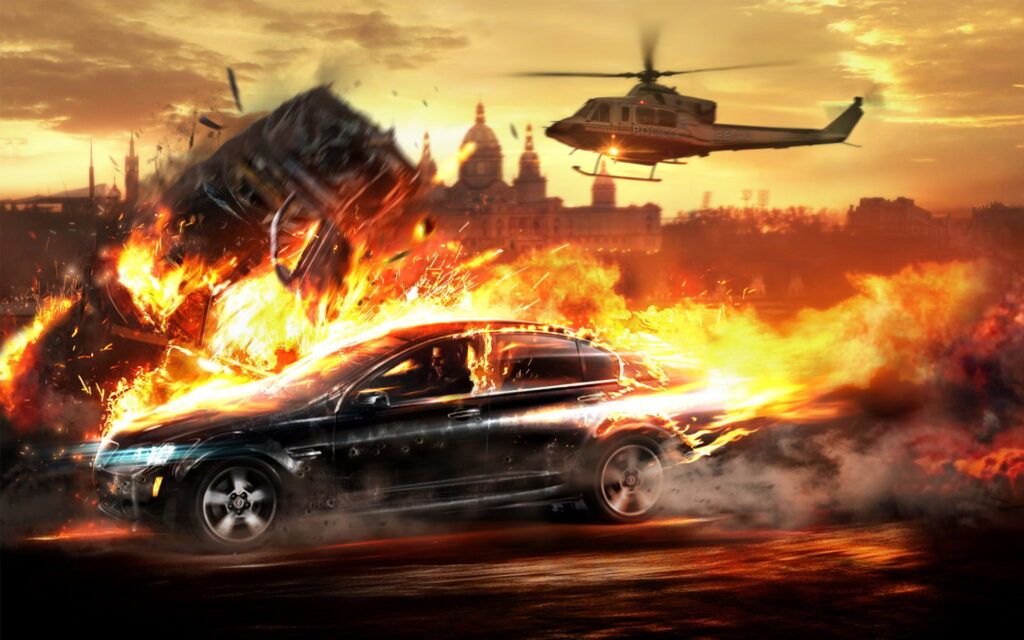
Epic Movies: An epic movie is one which sees its protagonist (or multiple protagonists) going to great lengths and over a long period of time in order to achieve a vital objective. Based in ancient Greek storytelling conventions and one of the oldest genres known to man, the tale usually involves the characters growing or changing in some way along the journey. (Ben Hur, Gone With the Wind, Lawrence of Arabia)
Spy Movies: A hallmark of the genre is that a spy or other undercover professional finds themselves on a secret mission, usually behind enemy lines, and armed with an array of special equipment and gadgets. (James Bond, Salt, Mission: Impossible)
Disaster Movies: Often with crossovers into sci-fi and thriller genres, disaster films center their story around a disaster, usually natural but it can be artificial. The disaster itself can be on a global level (Armageddon, Knowing, The Day After Tomorrow) or extremely localized, imposing peril on only the central characters. (Poseidon, Towering Inferno)
Superhero Movies: One of the highest grossing of any movie genre in current times, superhero movies feature one or more characters who have supernatural abilities and do battle with similarly-powered antagonists. The majority of superhero movies – though not all – are derived from comic book source material. (The Dark Knight Trilogy, Hancock, Superman)
Thriller Movies: ‘Thriller’ is a relatively nebulous term that can be used in conjunction with crime, mystery, horror and even sci-fi genres but typically involves a race-against-time or similarly high stakes plot device. Straight action thrillers include notable titles such as Die Hard, Lethal Weapon and The Bourne Franchise.
Martial Arts Movies: Also referred to as ‘Kung Fu movies’, the primary focus of martial arts movies is the physical fight scenes peppered throughout the film. Actors typically come from a martial arts background, or are highly trained before production. (Enter the Dragon, Drunken Master, Mortal Kombat, The Karate Kid)
Video Game Movies: Screenplays which have been adapted from popular video games can fall into any genre depending on the source material, but for the most part they can be considered as action movies. (Resident Evil, Tomb Raider, Prince of Persia)
Crime Movie Sub Genres
As the name implies, crime movies see their plot revolve around a crime (or series of criminal actions) which is either taking place or has already been committed.
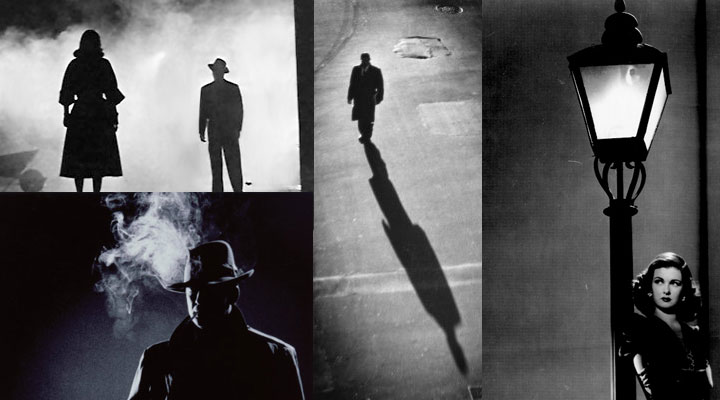
Whodunnit/Detective Movies: This category of crime mystery is typified by its complex plot as the protagonist (usually a detective) attempts to solve the nature of a particular crime and identify the perpetrator, with the audience learning key plot details and invited to do the same along the way. (Lady on a Train, Murder Most Foul)
Gangster Movies: Anything that covers the activities of gangs – either historic or contemporary – can be considered a ‘gangster movie’. The antagonist of such a movie is often a law enforcement agency or a rival gang. (Gangs of New York, City of God, Reservoir Dogs)
Hardboiled Movies: The hardboiled detective genre rose to prominence during the film noir era of the 1920s and reached its peak during the 40s and 50s. The genre is famed for its direct-to-audience narration by the lead character, who is stereotypically a cynical detective. (The Maltese Falcon, The Big Sleep)
Courtroom Movies / Legal Thrillers: Although courtroom dramas are generally confined to television, there have been a few notable examples of films which cover the legal proceedings surrounding a crime. Can incorporate elements from other crime sub genres, including ‘whodunnit’ mysteries. (Philadelphia, A Few Good Men, The Verdict)
Fantasy Movie Sub Genres
The fantasy genre spans a wide variety of plot tropes and themes, but a unifying factor between fantasy movies is that they contain some kind of fantastical or speculative element which affects the world and the characters within it (as opposed to a technological element, which is the main distinction between sci-fi and fantasy movies). Fantasy sub genres include:
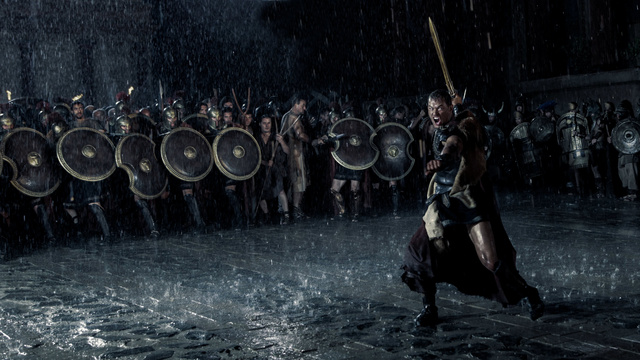
Contemporary Fantasy Movies: Set in the real – or slightly modified – world and in a present era but with a fantastical element such as magic or other dimensions acting upon it. (Hellboy, Harry Potter, Mirrormask, Neverending Story)
Urban Fantasy Movies: As above, but used to describe contemporary fantasy primarily or wholly set within a city. It’s a sub genre within a sub genre. (Constantine, Ghostbusters, Underworld)
Dark Fantasy Movies: A merger between the horror/thriller and fantasy genres, dark fantasy movies are just that – dark in tone and incorporating disturbing imagery and plot lines. (Pan’s Labyrinth)
Fairy Tale Movies: Taking folkloric fairy tales – particularly from the likes of the Brothers Grimm and Hans Christian Andersen – and adapting them into screenplays is a growing mainstay of Hollywood in recent times. Fairy tale movies are increasingly (but not necessarily) portrayed with a gritty and dark undertone, or at least stays true to the already dark source material. (Maleficent, Into the Woods, Jack the Giant Killer)
Epic Fantasy Movies: Often derived from high fantasy literature, particularly ancient Greek epics and some of the more contemporary works of high fantasy. Epic fantasies rarely deviate from a serious tone, and can feature mythical creatures and invented languages. Also incorporates elements from heroic fantasy, as described below. (Lord of the Rings, 300, Chronicles of Narnia, Beowulf)
Heroic Fantasy Movies: The term ‘heroic fantasy’ describes the character arc moreso than the plot or theme of the movie, but arguably the two are intrinsically linked. The hero trope has existed as long as literature itself, and is typified by an (often initially reluctant) hero having to overcome a series of challenges – both physical and metaphysical – across large stretches of time and distance. (Jason and the Argonauts, The Dark Crystal, Willow)
Sword and Sorcery Movies: Comprising of many elements from epic and heroic fantasies, sword and sorcery rose to prominence with pulp fiction magazines of the 20s and 30s. (Conan the Barbarian, Krull, Masters of the Universe)
Western Movie Sub Genres
Unlike the major movie genres we’ve covered so far, the Western genre is more clearly defined as it covers tales from a very specific location and era in time (namely the 19th century in the American Old West). That said, there are sub genres within it and movies from other genres can be considered to be ‘contemporary Westerns’ given that they share similar themes – think Star Wars, for instance.
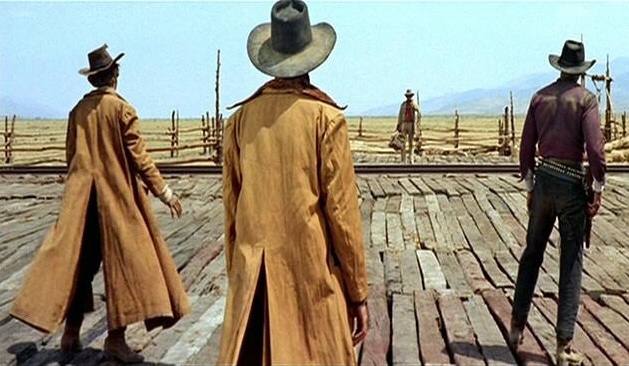
Spaghetti Western Movies: Named so to denote the highly acclaimed movies created during Western’s heyday were produced by Italian filmmakers. (Fistful of Dollars and The Good, The Bad, The Ugly)
Epic Western Movies: As with any other ‘epic’ sub genre, epic Westerns take place over large swathes of the Old West and feature a lengthy timeline. (Once Upon a Time in the West, Red River)
Outlaw Western Movies: Centers around the activities of those opposed to law enforcement characters or bounty hunters, usually portrayed in a likeable, underdog tone. (Butch Cassidy and the Sundance Kid, 3:10 to Yuma)
Marshal Western Movies: The antithesis to outlaw Western movies, with the film following the action of a marshal attempting to solve a crime or mete out justice in some way. (The Lone Ranger, For a Few Dollars More)
Revisionist Western Movies: Having rose to prominence in the mid 60s and early 70s, revisionist Westerns are often more cynical in tone and aim to question the values and attitudes presented by traditional Western story tropes. (Dances With Wolves, Little Big Man, Lawman)
Revenge Western Movies: The plot revolves around a revenge story among two parties, often on opposing sides of the law. (Django Unchained, High Plains Drifter, The Quick and the Dead)
Empire Western Movies: Covers the story of a rags-to-riches style story of a lone individual or group setting up an empire (typically oil-based) from scratch, despite opposition from outside agencies. (There Will Be Blood)
Historical Movie Sub Genres
Covering real events or stories about real people, historical movies are rooted in fact rather than fiction (though the accuracy of such movies is often called into question, with some directors filling in historical holes with artistic interpretation and creative license.)
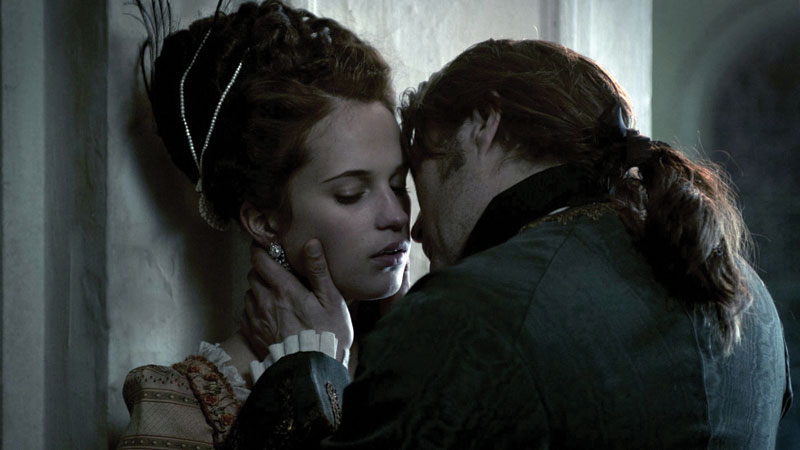
Biopic Movies: A movie which charts the life of a compelling individual – either historical or contemporary – or portraying a key event in that person’s life. In literature this is known as a biography, whereas ‘biopic’ refers to the movie equivalent. Given the varied subject matter, biopics can fall under any genre. (Lincoln, The Elephant Man, Ali)
Historical Drama Movies: Any movie which covers a real-life event and places it central to the story could be considered to be a historical drama, regardless of whether the characters and stories revolving around it are fictionalized. (Titanic, Schindler’s List, Braveheart)
Biblical Movies: While translating events as described by the Bible rose to prominence in the fifties and sixties, the industry has recently revived an interest in the genre with multi-million dollar budgets. Movies which are set in Biblical times are considered to be part of the genre, even if they don’t specifically adapt tales from scripture. (Ben Hur, The Ten Commandments, Noah, The Passion of the Christ)
Period Movies: A historical sub genre that takes place in a specific era, usually – but not always – rooted in 19th century aristocracy. Often referred to as ‘costume dramas’, the story covered by the movie may be fictionalized to some degree while being set in an accurate representation of the time or around real events. (Anna and the King, Sense and Sensibility, Miss Potter)
Alternate History Movies: A highly speculative sub genre of historical movies, alternate history films take on real events but with the addition of a ‘what if’ scenario, such as “what if Lincoln survived?” or “What if the Titanic missed the iceberg?”. Individual titles may be better categorized under other genres, such as science fiction. (Inglourious Basterds, Timequest)
Romance Movie Sub Genres
Tales of love have been with us for aeons, and has been a staple of the movie industry for a similarly long time. The romance genre arguably hit its peak in the 90s, with movies such You’ve Got Mail (featuring Tom Hanks and Meg Ryan) and Sleepless in Seattle (also starring Tom Hanks and Meg Ryan) having become hallmarks of the genre.

Romantic Drama Movies: The plot of romantic drama typically revolves around two people – to date, predominantly a man and woman – as they overcome obstacles which prevent them finding true love. An emphasis on the film’s score is deemed to be common in the genre, as are happy resolutions at the end of the movie. (Casablanca, The English Patient, A Walk to Remember)
Rom-Com Movies: Traditional romance blended with elements of comedy, often seeing the leading love interests placed in bizarre circumstances or being subjected to gross misunderstandings. Nearly always resolves with a happy ending. (When Harry Met Sally, Clueless, Love Actually)
Chick Flick Movies: Often seen as a derogatory term, the phrase ‘chick flick’ denotes any romance movie perceived to be aimed predominantly towards a female audience. Romance may not be strictly necessary as a central theme. (Dirty Dancing, The Notebook, The Fault in our Stars)
Romantic Thriller Movies: The romantic thriller sub genre, as the name implies, mixes tropes common to both action movies and traditional romance. The romantic plot is usually set against high-octane action or adventure – as a result, it can cross over into numerous genres. (Knight and Day, Mr and Mrs Smith)
Animation Movie Sub Genres
Technically speaking, animation is more of a medium than a film genre in and of itself; as a result, animated movies can run the gamut of traditional genres with the only common factor being that they don’t rely predominantly on live action footage. Animated movies can be loosely divided into 2D and 3D animations, with the following techniques distinguishing them further.
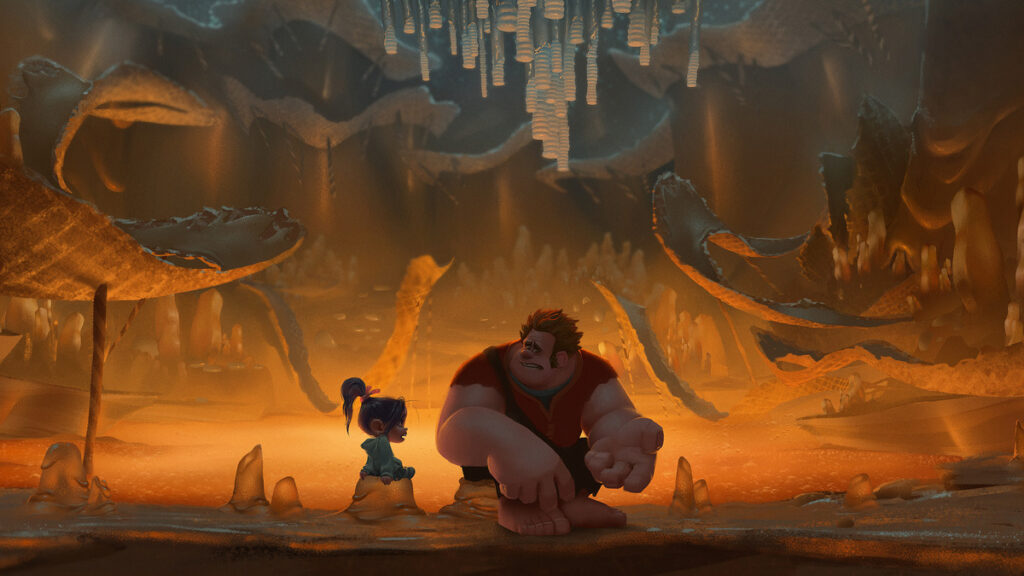
Traditional Animation: Traditional animation is just that – the method which got the ball rolling and has been used for decades, involving hand-drawn, individual frames which are spliced together to create the illusion of motion. (Snow White and the Seven Dwarves, Spirited Away, Pinocchio, Akira)
Rotoscoping: Similar to traditional animation and developed around the same time, rotoscoping is a technique in which an illustrator traces over live-action footage to produce a highly stylized effect. (Lord of the Rings, A Scanner Darkly)
Puppet Animation: Any film that tells its story through the use of puppets and marionettes. Though the term mainly pertains to stop-motion, it has been combined to great effect with live action footage and actors working alongside puppetry. (Coraline, The Nightmare Before Christmas, The Muppets)
Claymation: As above, but using models created out of clay or plasticine molded around a wire mesh. Interestingly, the term ‘claymation’ is trademarked to Laika Entertainment. (Wallace and Grommit, Shawn the Sheep)
Live Action/Animation Movies: While the trend for combining live action and animation (usually traditional style animation) has waned in recent years, a number of movies have blended the two techniques to bridge the gap between genres. (Space Jam, Who Framed Roger Rabbit, Osmosis Jones)
Cutout Animation: Rather than using models or drawn frames, cutout animators use pieces of material and paper to create shapes, characters and scenes which are then animated with stop-motion (Fantastic Planet, Tale of Tales)
2D CGI Animation: A movie created solely through the use of software, using either vector or bitmap graphics to create animated footage. Can also supplement traditional animation techniques to make the process less labor intensive. (Paperman, Home on the Range)
3D CGI Animation: One of the biggest grossing fields currently active in Hollywood, 3D animations are now typically multi-million dollar productions using cutting edge CGI suites to bring polygonal models to life through rigging and keyframing. (Frozen, Toy Story, Up)
Horror Movie Sub Genres
We’ve always been fascinated with the macabre, and the horror genre is comprised of numerous different approaches to exploring our deep-seated fears. What follows is a list of the main horror sub genres which have arisen out of the movie industry to date.
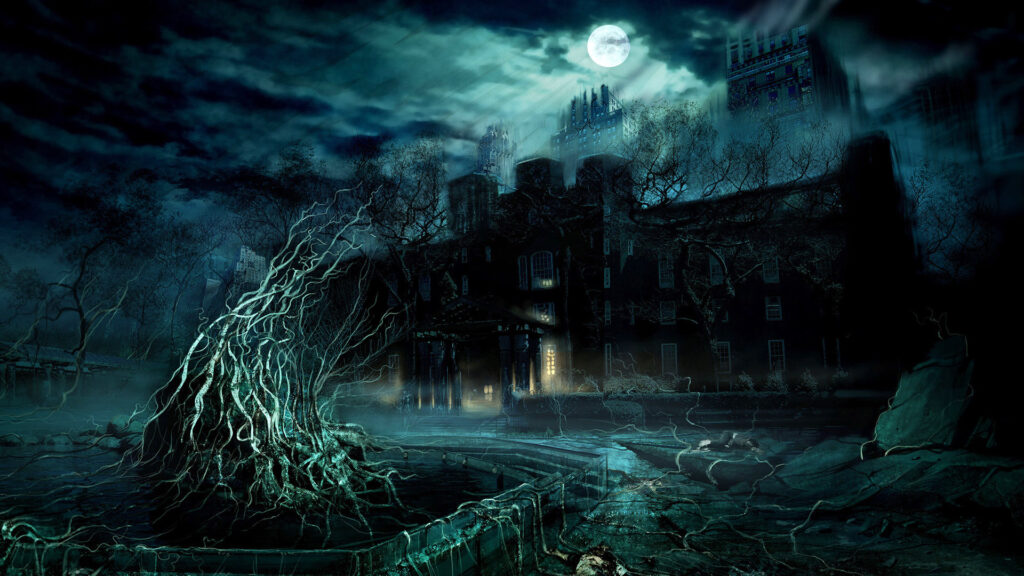
Slasher Movies: A staple of the horror genre, slasher movies center around a killer mercilessly picking off their victims in a brutal and gory manner. Tropes common to the genre include a traditionally male antagonist, the one-by-one picking off of main characters, and the last-standing character being female who usually goes on to defeat the killer. (Nightmare on Elm Street, Halloween, Scream)
Splatter Movies: Although there is often very little distinction between splatter/gore and slasher movies, the former is usually categorized by having an even greater focus on the graphic portrayals of character deaths and mutilations through the use of special effects. (Braindead, Saw, I Spit on Your Grave)
Psychological Horror Movies: As opposed to the above, psychological horrors tend to rely heavily on the threat of impending doom or danger rather than the culmination of said factors (which may ultimately end up being portrayed). Individual titles can sometimes be best described as straight ‘thrillers’ rather than horror movies in their own right. (Silence of the Lambs, The Shining, Black Swan)
Survival Horror: The main protagonist (or group of leading characters) must endure and overcome a potentially fatal threat, which may or may not be featured on-screen. (28 Days Later, The Crazies, Cube)
Found Footage Movies: A film which is primarily or wholly portrayed with footage literally taken or later found by one of the characters. (Blair Witch Project, V/H/S, As Above, So Below)
Paranormal/Occult Horror Movies: Any horror movie whose main antagonist is a supernatural force or entity. Can sometimes cross over into fantastical, non-horror sub genres. (Paranormal Activity, The Exorcist, Poltergeist)
Monster Movies: Any horror movie in which the leading characters are pitted against a monstrous being with naturally-explainable (if far-fetched) origins. The division between horror and action movies is often blurred with this sub genre, and can sometimes even fall under the ‘disaster movie’ category. (Cloverfield, The Creature from the Black Lagoon, Alien, The Thing)
Sci-Fi Movie Sub Genres
A mainstay of the movie industry, science fiction is similar in many respects to the fantasy genre with the exception that internal rules and universes are explained with technology or scientific understanding rather than mysticism. This open-endedness has resulted in a wide ranging number of sub genres, most of which tackle the effects advanced technology or science breakthroughs have on a civilization and the ramifications therein.
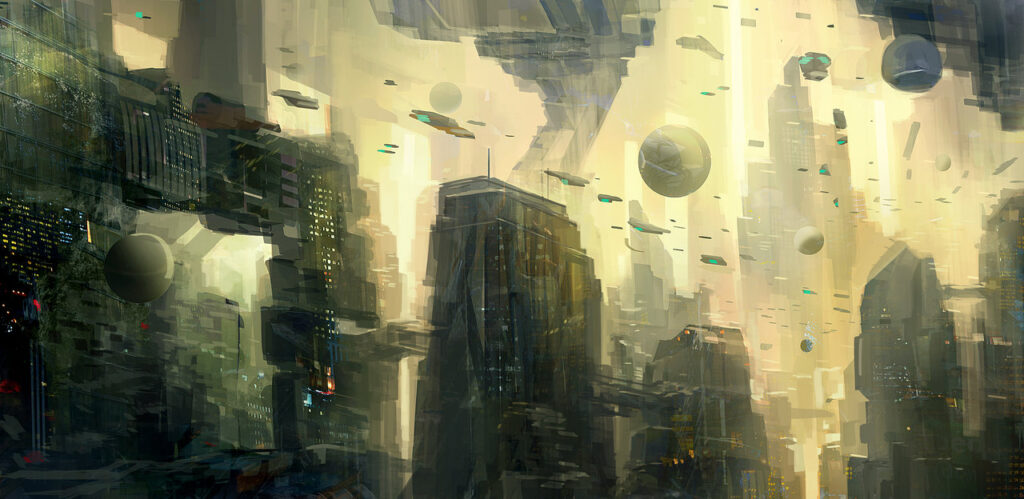
Hard Sci-Fi Movies: In both literature and movies, ‘hard’ science fiction denotes that the sci-fi elements of the story could conceivably be plausible within real-world laws of physics, usually as a result of screenwriters striving for scientific accuracy. (Jurassic Park, Gravity, Europa Report)
Apocalyptic Sci-Fi Movies: Covers the story of a lone protagonist or group of survivors following the downfall of civilization, the cause of which commonly being a nuclear conflict or natural/disease-based disaster which occurred shortly before the start of the storyline. (12 Monkeys, Planet of the Apes, Terminator 2)
Future Noir Movies: With some crossover into apocalyptic movies, the future noir sub genre deals with future societies (which may or may not be more technologically advanced than our own) but covered with a ‘film noir’ aesthetic. (The Terminator, Blade Runner)
Space Opera Movies: The term ‘space opera’ is used to describe movies that are mostly set in the interstellar medium, numerous planetary systems and over great distances, thanks to advancements in space travel. (Star Wars, Star Trek, Serenity)
Military Science Fiction Movies: Military sci-fi places a heavy emphasis on the journey of a soldier (or platoon) that is part of a future military and the battles in which they find themselves. A more technologically-advanced race playing the film’s antagonist is common to the sub genre. (Starship Troopers, Aliens, Edge of Tomorrow)
Punk Sci-Fi Movies: Any sci-fi movie which is set in a dystopian future and features unique technological advances can fall under the ‘punk’ sub genre, but this can be further subdivided into genres such as steampunk (industrial aesthetic), nanopunk (featuring nanotechnology), atompunk (stylized around the cold war/atomic age), cyberpunk (with characters sporting cybernetic enhancements) and more. (Total Recall, Metropolis, Demolition Man)
Speculative Sci-Fi Movies: Although many other genres of film can be considered speculative in nature, science fiction lends itself well to the ‘what if?’ style of screenwriting given that, as a genre, it’s highly speculative by its very nature. The postulation of time travel, parallel universes and physical law breaking are common to this sub genre. (Primer, Interstellar, Source Code)
Know of any sub genres we’ve missed? Let us know in the comments below and we’ll be sure to add them here.